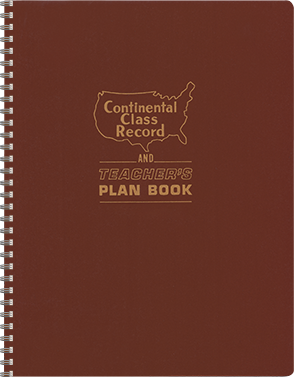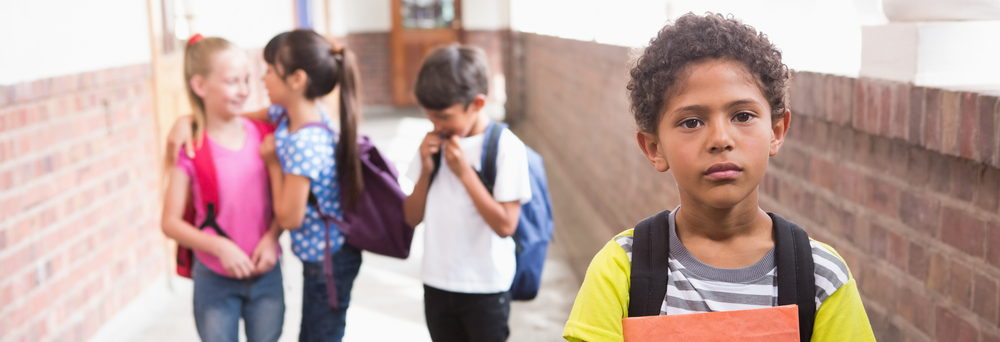Managing Conflict in the Classroom
In an ideal world, you and your students would get along well every day. Your classroom would brim with kindness and mutual respect, giving you the time and energy to focus on instruction.
While most classrooms do run smoothly and model respect between teachers and students, some do not. Understanding and managing conflict in the classroom isn’t always easy, but it is essential for growth and continued student success.
Sources of Conflict in the Classroom
Conflict in your classroom can take many forms. It could look like a student who consistently challenges your authority by asking excessive questions or making inappropriate remarks about your ability as a teacher. It could take the form of a student who interrupts, is chronically late to class, or causes classroom disruptions. Or, your classroom conflict could take shape as bullying, where one student is mean or rude to others in the classroom. All of these types of classroom conflict fit into one of three categories:
Teacher-to-Student Conflict
Perhaps the most common type of conflict you’ll encounter as a teacher is one between you and an individual student. With classrooms hosting upwards of 25 students, there’s bound to be one whose personality just doesn’t mesh well with yours.
Managing conflict in the classroom (especially teacher-to-student conflict) is all about knowing you’re not alone and that you have the support of the majority of your class.
Student-to-Student Conflict
Your classroom is filled with students from different backgrounds, experiences, and knowledge levels. In fact, the only thing many of your students may have in common is their age. While most children get along with their peers, you may find you have a few who just don’t.
Student-to-student conflict can have negative effects on the parties involved, but also on your class as a whole. While student-to-student conflict at the elementary level may include things like bullying or name-calling, it can escalate to much more dangerous levels in upper grades. Managing conflict in the classroom early and often is key to avoiding more extreme situations later on.
Student-to-Self Conflict
Your students are growing and learning every day, and while most will navigate the process of growing up without major problems, others will struggle. Low self-esteem, depression, anxiety, or other mental health concerns can cause conflict on an individual basis in your classroom.
Although this conflict may be centered on one student individually, it can have ripple effects throughout your classroom.

8 Strategies for Managing Conflict in the Classroom
Understanding what type of conflict you’re facing can go a long way toward resolving that conflict. If you’re struggling with managing conflict in your classroom, try exploring these eight strategies.
1. Set Expectations—And Reinforce Them
Even well-behaved students will have trouble following the classroom rules if they don’t know what the rules are. Set clear policies about what you expect from your students, along with consequences for not following the rules. Most importantly, follow through on those consequences to show your students you’re serious about your expectations.
2. Keep an Eye on Difficult Students
Seat your toughest critics closest to you. Proximity puts pressure on students to behave, while also giving you quick access if you need to nip bad behavior in the bud. One of the best ways to manage conflicts effectively in the classroom is to prevent them from happening in the first place.
3. Have a Cool-Down Plan
When you see student anger reaching a boiling point, have a plan in place to prevent an explosion. For younger students, it can be as simple as creating a classroom cool-down or quiet space. For older students, it might involve coming up with strategies as a class. Can students put their heads down if they are feeling overwhelmed? Can you set up a small area for five-minute meditation if a student feels their anger rising?
4. Get to Know Your Students on a Deeper Level
When managing conflict in the classroom, it’s important to know the “why” behind the actions. Is there something going on at home? Is the student struggling with the subject matter? Should you refer the student to services in your school for additional support?
Take the time to get to know your students, their needs, interests, and what they respond to. Building this foundation now will make conflict resolution strategies in the classroom more effective later on.
5. Let Your Students Help Each Other
You probably have a few go-to students you know you can rely on to help with class projects or serve as peer mentors, but consider looking outside that group.
Perhaps your difficult student is doing well in a particular subject. Give them the chance to tutor their classmates who are struggling and see if helping someone else succeed mitigates the bad behavior.
6. Make Your Classroom a Peacemaker Space
Focus on peacemaking in your classroom. Teach students about how their actions impact others and create a plan to solve problems together. Putting some of the responsibility on your students to make the classroom a fun and peaceful place to be will encourage them to choose kindness and empathy for others and avoid conflict in the first place.
7. Ask For Help When You Need It
Managing conflict in the classroom is no easy task. Rely on your fellow teachers and your administrators for support when you need them. Talk to teachers who have taught a difficult student in previous years and learn what worked—and what didn’t.
8. Don’t Give Up
You took this job because you wanted to make a difference. Don’t let classroom conflict stop you. Use the resources you have to keep trying to get through to your students. You never know when your efforts will sink in or how you could change a student’s life.


